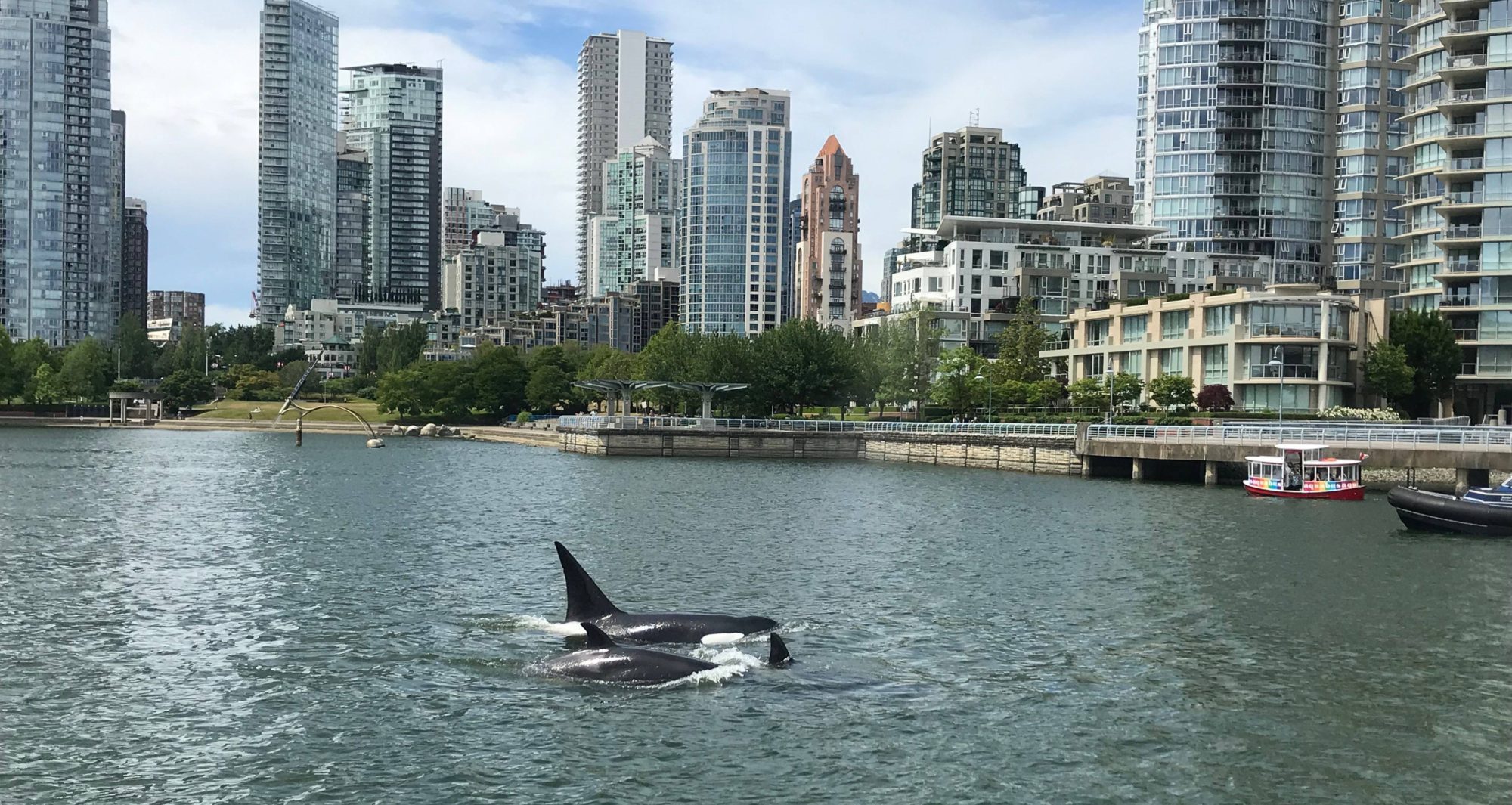A lot of injured workers can’t go back to their jobs because of a resulting disability after their injury at work. They need help to get working again. The WCB (aka WorkSafeBC) can offer different kinds of assistance to do that. (The organization is still legally the WCB).
The WCB vocational rehabilitation consultant (VRC) has to go through five steps to figure out what kind of help to offer an injured worker.
- Can the worker return to his/her job with only minor assistance, for example, refresher training?
- If not, can they return to work at their same employer with some modifications to the job or an accommodation?
- If the worker can’t go back to his/her old employer because no accommodation can be offered, is there another job in the same field with another employer, which may be suitable using the worker’s skills and experience?
- If not, is there some job in any field that may be suitable based on the worker’s skills and experience?
- Where none of the above work, the WCB can offer an injured worker training to help them
move into a different occupation that is appropriate given their disabilities.
In all of these situations there is a wide array of possibilities the WCB can offer. They can buy you equipment, like a hoist for a bench mechanic who can’t lift, or a new computer for someone who is going into drafting or other work requiring a computer. They can offer an ergonomic set-up for desk or computer work, or alterations to a vehicle to provide hand operation where the worker may not be able to use feet or legs.
Sometimes in order to get an accommodated job, a worker may need some refresher courses or new training. An accommodated job is usually with the pre-injury employer and it is a job that has been altered in some way to enable the injured person to do it, perhaps by removing some of the heavier tasks, or getting the worker to do the parts of the job that they are physically able to do.
It’s important to know that the duty to accommodate has nothing to do with the Workers’ Compensation Act! It comes from the Human Rights Code and the employer has an obligation to accommodate you to the point of undue hardship regardless of whether the WCB is involved or not.
By the same token, just because an employer goes along with a WCB rehabilitation plan does NOT necessarily mean that they have met their duty to accommodate.
Always get your union involved when you’re trying to get back to work because they are the ones who can force the employer to meet their duty to accommodate.
A vocational rehabilitation plan also has to be a reasonable one. If you are afraid of heights, the WCB cannot make you become a window washer. If you are shy and don’t deal well with the public, the WCB should not try and make you a salesperson or some other customer-related position.
There are many, many factors that should be considered in creating a good rehabilitation plan. If you are fortunate enough to have a union, get them involved. If you don’t have a union or your union does not offer Workers Compensation representation, find yourself a representative – either a lawyer, or the Workers’ Advisors Office, or a free community service.
You don’t have to accept a really bad Vocational Rehabilitation (VR) Plan.
(Reprinted with permission: Rush Crane Guenther, Barristers & Solicitors, www.rcga.com)
ck/CUPE-3338
